HDPE (High-Density Polyethylene) pipe fittings provide an excellent combination of affordability, durability, and long-term performance, making them a cost-effective choice for various applications. Industries across sectors, such as water distribution, gas transmission, sewage systems, and industrial processes, choose HDPE pipe fittings due to their low cost and efficiency. By understanding the factors that contribute to the cost-effectiveness of HDPE pipe fittings, businesses can optimize their budgets, reduce overall project expenses, and benefit from a reliable piping solution that stands the test of time.
1. Lower Material Costs
HDPE pipe fittings rank among the most affordable piping solutions available. Compared to metal pipes, such as copper or steel, HDPE materials cost significantly less, making them an economical choice for large-scale projects. HDPE’s relatively simple manufacturing process, which involves molding the plastic into different shapes through extrusion, requires less energy and labor than the production of metal pipes. The ability to produce HDPE pipes and fittings in various sizes and shapes with minimal post-processing reduces manufacturing costs, which, in turn, lowers the market price of HDPE fittings.
In addition to lower initial material costs, the lightweight nature of HDPE helps reduce transportation expenses. HDPE weighs far less than traditional materials like metal or concrete, which require more energy and larger vehicles to transport. By using HDPE, project managers save on fuel and shipping costs, further improving the cost-effectiveness of the material. This makes HDPE an appealing option for projects where budget constraints play a significant role.
2. Reduced Installation Costs
The ease of handling and installation of HDPE pipe fittings lowers labor costs significantly. HDPE’s lightweight construction allows workers to install pipes and fittings with minimal equipment, such as cranes or heavy machinery. Contractors can complete installations faster because HDPE pipes offer flexibility and easier alignment, especially in tight spaces. Unlike rigid metal pipes, which require extensive manual labor and complex tools for installation, HDPE fittings simplify the process, helping reduce the overall costs of labor.
Another important factor contributing to HDPE’s cost-effectiveness is the ability to use trenchless installation techniques. Methods such as directional drilling and pipe bursting allow crews to install or replace HDPE pipes without excavating large sections of land. These techniques reduce the need for digging and filling trenches, which would otherwise require expensive equipment and additional labor hours. In urban environments, where the cost of disrupting roads and landscapes can become high, trenchless methods using HDPE provide a much cheaper and faster alternative.
The reduced downtime during installation also translates into lower costs. Since HDPE pipes and fittings take less time to install, project timelines shrink, minimizing the number of labor hours needed. Faster installation means that businesses can return to normal operations quickly, avoiding costly disruptions and delays.
3. Minimal Maintenance Requirements
HDPE pipe fittings offer durability that reduces maintenance expenses over the product’s life span. HDPE resists corrosion, scaling, and chemical attacks that frequently affect metal pipes, such as steel and copper. By eliminating the need to treat or replace corroded or damaged sections of piping, businesses save significantly on maintenance costs. The resistance of HDPE to wear and tear, even in harsh environmental conditions, ensures that pipe systems maintain their integrity without frequent repairs.
HDPE’s flexibility allows it to handle pressure changes and ground movements without cracking, reducing the likelihood of leaks and pipe failures. The material’s resilience in handling temperature fluctuations and its ability to withstand freezing and thawing cycles further enhance its long-term reliability. In cold climates, where metal pipes might crack due to expansion and contraction, HDPE pipes continue performing without failure. This durability lowers the long-term cost of ownership by avoiding emergency repairs and pipe replacements.
HDPE pipes and fittings also resist biological buildup, such as algae or bacteria, which can occur inside traditional metal or concrete pipes. The smooth interior surface of HDPE pipes reduces the chances of blockages and contamination. By keeping maintenance needs low, businesses avoid the costs of frequent cleanings, pipe replacements, or treatment of internal buildup. These savings make HDPE systems an excellent investment for water supply, wastewater management, and industrial fluid transport.
4. Longevity and Extended Service Life
HDPE pipe fittings last for decades, with an expected service life of 50 to 100 years depending on the application. This long lifespan means fewer replacements, fewer repair needs, and overall cost savings over the life cycle of the piping system. While the initial cost of materials and installation might represent a small investment, the extended service life of HDPE ensures that businesses save money over time by avoiding the frequent replacements and repairs that plague other materials.
The long-term performance of HDPE further contributes to its cost-effectiveness by reducing the need for reinvestment in infrastructure. By choosing HDPE pipe fittings, industries can count on reliable, long-lasting systems that minimize operational disruptions and capital expenditures on repairs or replacements. This makes HDPE an appealing choice for municipalities, utilities, and industrial facilities looking for a sustainable and cost-efficient solution.
5. Energy Savings and Reduced Operating Costs
HDPE pipe fittings contribute to energy savings, which in turn lowers operating costs. The smooth internal surface of HDPE pipes allows for more efficient fluid flow with less resistance, meaning pumps and other equipment require less energy to move water, gas, or other materials through the system. This reduction in friction decreases the amount of energy needed to maintain consistent flow rates, particularly in large systems such as municipal water supplies, gas distribution networks, or industrial piping systems.
In systems that rely on constant pumping, energy savings become even more significant over time. By reducing the energy needed for day-to-day operations, HDPE systems help businesses save on electricity or fuel costs. This energy efficiency, combined with the durability and low maintenance requirements of HDPE, ensures that operating costs remain manageable and predictable throughout the life of the system.
6. Recyclability and Environmental Benefits
HDPE pipe fittings offer excellent recyclability, which adds to their cost-effectiveness. Many HDPE pipes and fittings come from recycled plastic, and when they reach the end of their service life, they can be recycled again into new products. The ability to recycle HDPE materials reduces the need for virgin plastic, lowering manufacturing costs and minimizing waste disposal fees. Businesses that prioritize sustainability benefit from HDPE’s environmentally friendly profile without sacrificing performance or longevity.
The reduced environmental impact of HDPE also leads to indirect cost savings. Many industries face increasing pressure to reduce their carbon footprint and adopt sustainable practices. HDPE pipe fittings help companies meet environmental regulations and achieve green certifications, which can result in financial incentives, tax breaks, or other benefits. Furthermore, businesses that use HDPE in their infrastructure can appeal to environmentally conscious consumers and stakeholders, enhancing their reputation while saving money.
7. Cost Savings in Diverse Applications
HDPE pipe fittings work across a wide range of applications, each of which benefits from their cost-effective features. In water distribution systems, for instance, HDPE’s resistance to corrosion and chemical exposure eliminates the need for expensive coatings or treatments that metal pipes require. Water utilities can avoid costly maintenance and replacement programs, while also saving on energy consumption for water pumping.
In gas transmission networks, HDPE’s flexibility and resistance to pressure changes prevent leaks and failures that might require costly repairs. The ability to use HDPE in trenchless installation methods reduces upfront costs, especially in urban areas where extensive excavation would increase expenses. These cost savings also apply to sewage systems, where HDPE’s smooth surface prevents blockages, lowering maintenance costs and ensuring smooth operation.
Industrial facilities that transport chemicals, coolants, or other fluids benefit from HDPE’s resistance to chemical degradation. This resistance leads to fewer disruptions, reduced maintenance, and lower overall operational costs. By selecting HDPE pipe fittings, industries that handle corrosive or abrasive materials save money on repairs and system downtime.
8. Long-Term Investment Benefits
Businesses that invest in HDPE pipe fittings secure long-term cost savings due to the material’s durability, low maintenance needs, and energy efficiency. HDPE’s ability to perform under extreme conditions without degradation ensures a reliable, long-lasting system that delivers consistent results. By selecting HDPE, industries can allocate their budget more effectively, avoiding frequent reinvestment in infrastructure and focusing on other aspects of their operations.
As infrastructure projects continue to grow in scale and complexity, the importance of cost-effective, durable materials like HDPE will only increase. HDPE pipe fittings offer a unique combination of affordability, longevity, and performance, making them an ideal solution for a wide range of applications. By choosing HDPE, businesses gain a competitive edge, improve their bottom line, and contribute to a more sustainable future.
Top 5 HDPE Pipe Fittings Manufacturers
| Company | Headquarter/Location | Founded |
| IFAN | ZhuJi,China | 1993 |
| Pntek | NingBo,China | 2011 |
| Inline Plastics, Inc. | California, America | 1996 |
| K. Jabat, Inc. | New Jersey,America | 1973 |
| Speed Field Services | Texas, America | 1973 |
IFAN International Standard on PPR Pipe Fittings
IFAN adheres to a range of international and national standards to ensure the quality and performance of its products. These include the ISO 15874 Series standards and EN 15874 Series standards, which define the requirements for piping systems made of polypropylene (PP). Additionally, IFAN complies with ASTM F2389 for polypropylene pipe fittings, DIN 8077/8078 standards for polypropylene pipes, and the GB/T 18742 Series standards, which apply to piping systems in China. Furthermore, IFAN meets the Brazilian NBR 15884 standards for thermoplastic pipes and fittings used in hot and cold water systems.
Conclusion
HDPE pipe fittings offer unmatched cost-effectiveness due to their low material costs, ease of installation, minimal maintenance requirements, and long service life. These fittings provide energy savings, recyclability, and environmental benefits, further enhancing their appeal as a cost-efficient solution for various industries. By selecting HDPE pipe fittings, businesses achieve significant cost savings in both the short and long term, while ensuring reliable and sustainable infrastructure systems.
Connect
IFAN is a Chinese manufacturer of plastic pipes, fittings and valves with 30 years of experience. If you are interest in IFAN copper fittings, copper valves, plastic pipes and fittings, please contact us. IFAN offers you a variety of standard pipes to meet your specific needs. Click below to learn more about IFAN’s wide range of affordable and cost-effective valve products and piping system related products.
We will reply your email or fax within 24 hours.
You can call us at any time if there is any question on our production.
For more information,pls visit our webside https://ifanpro.com/
Pls Mailto: [email protected]
Whatsapp: + 86 19857948982

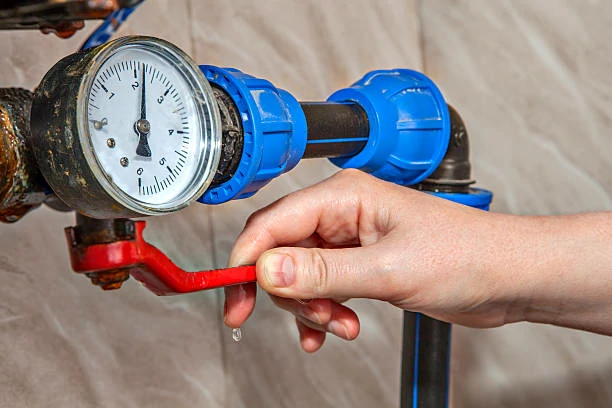
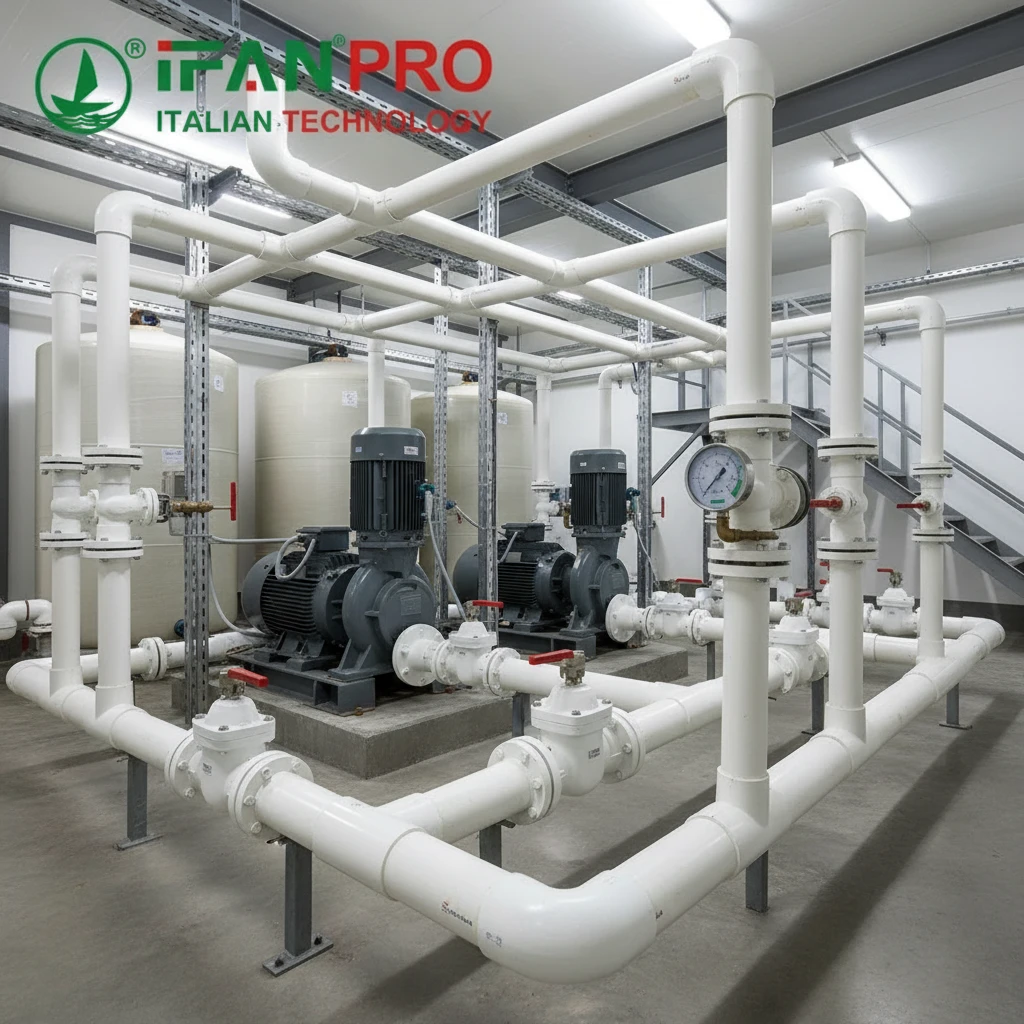
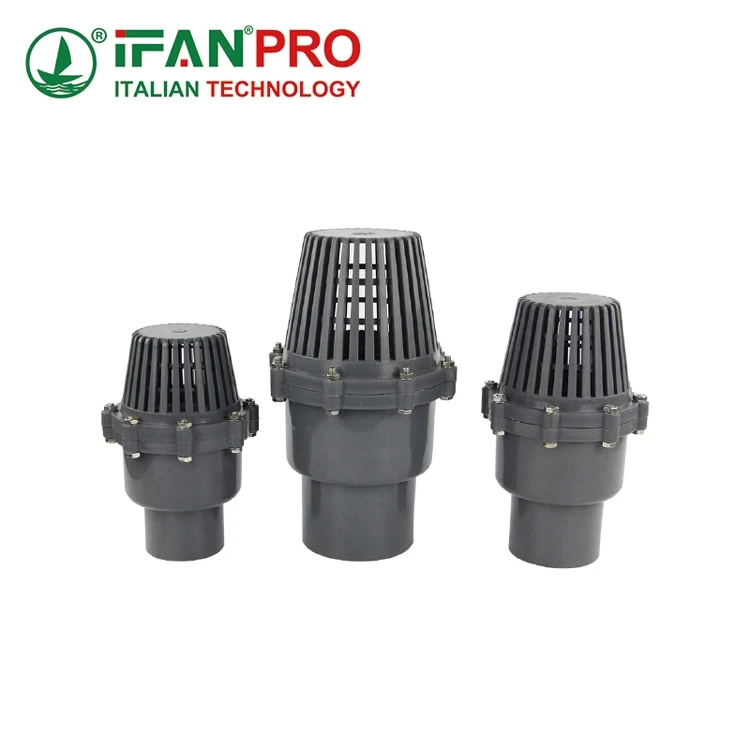
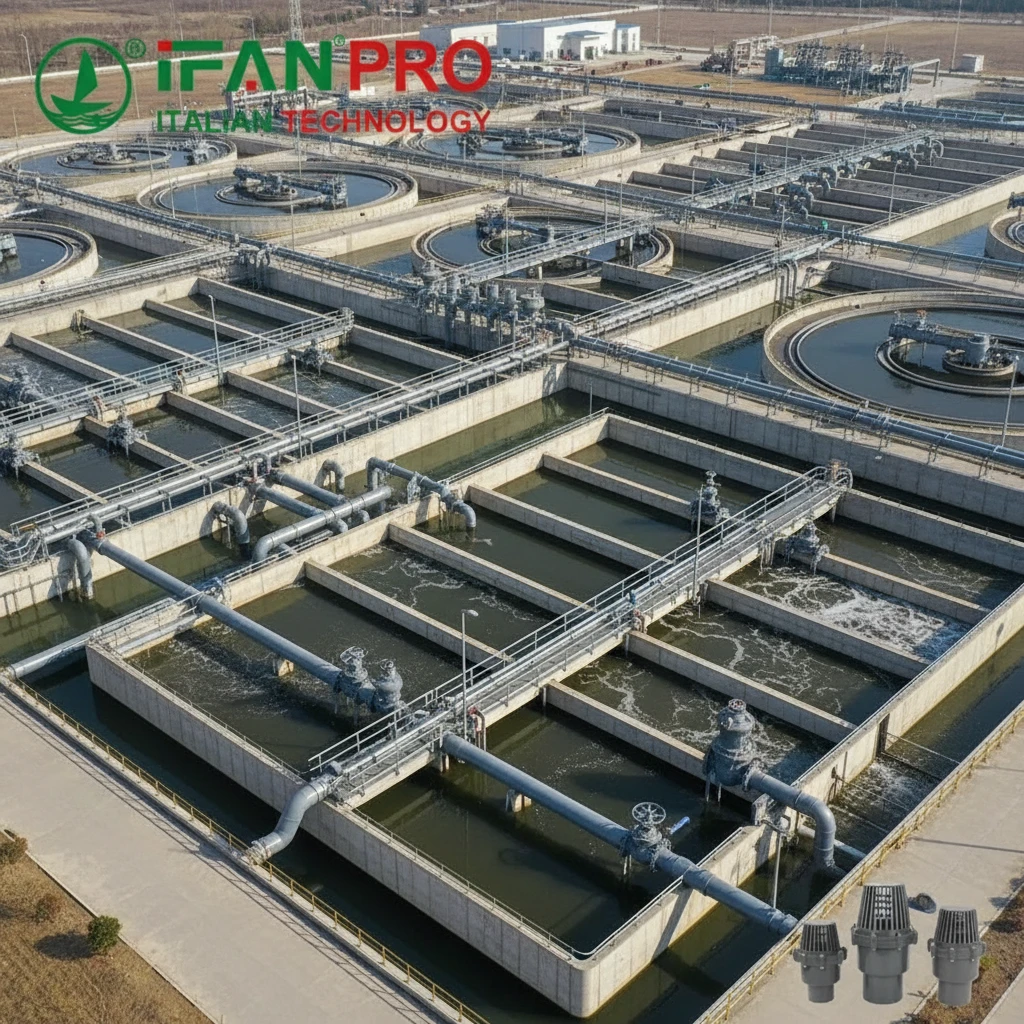
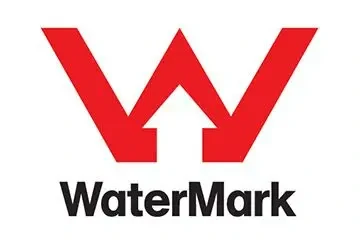

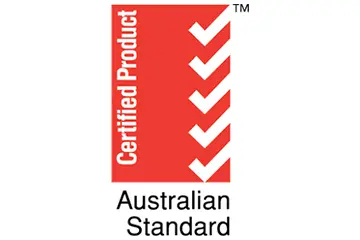
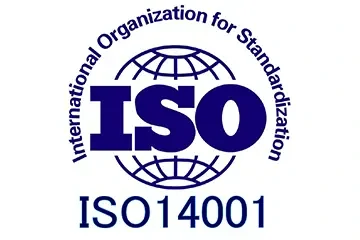



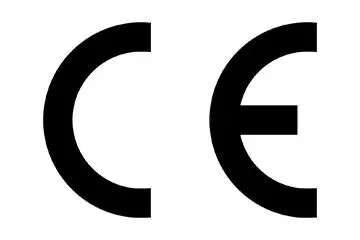
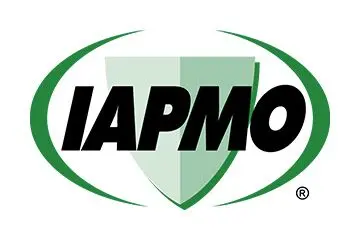
Recent Comments